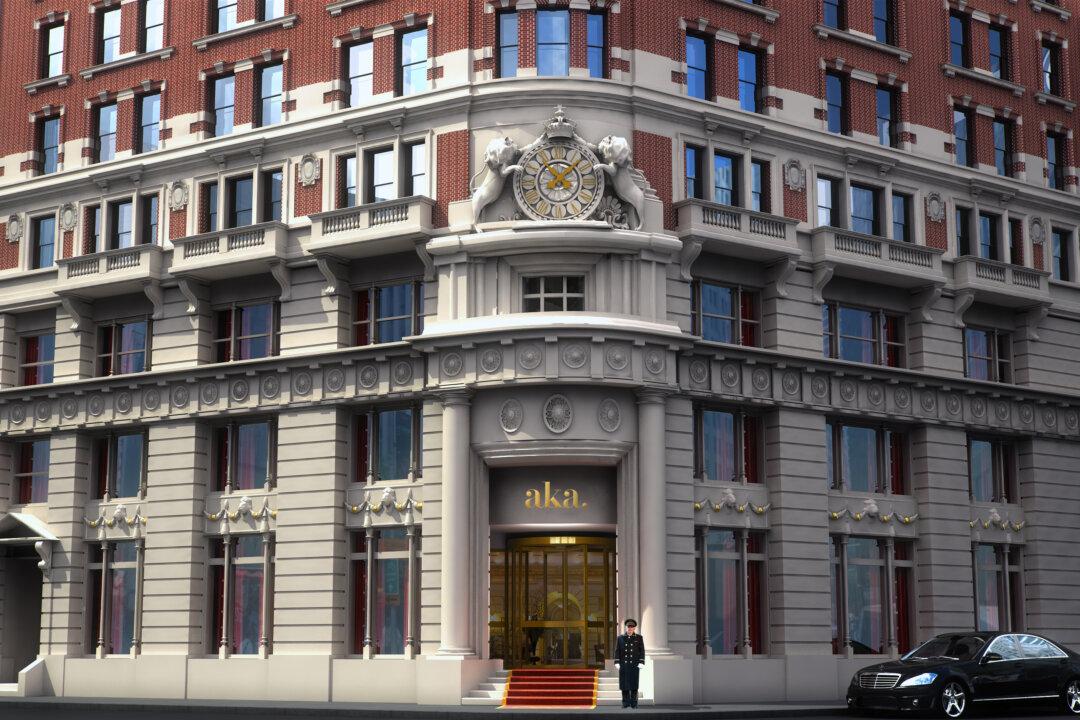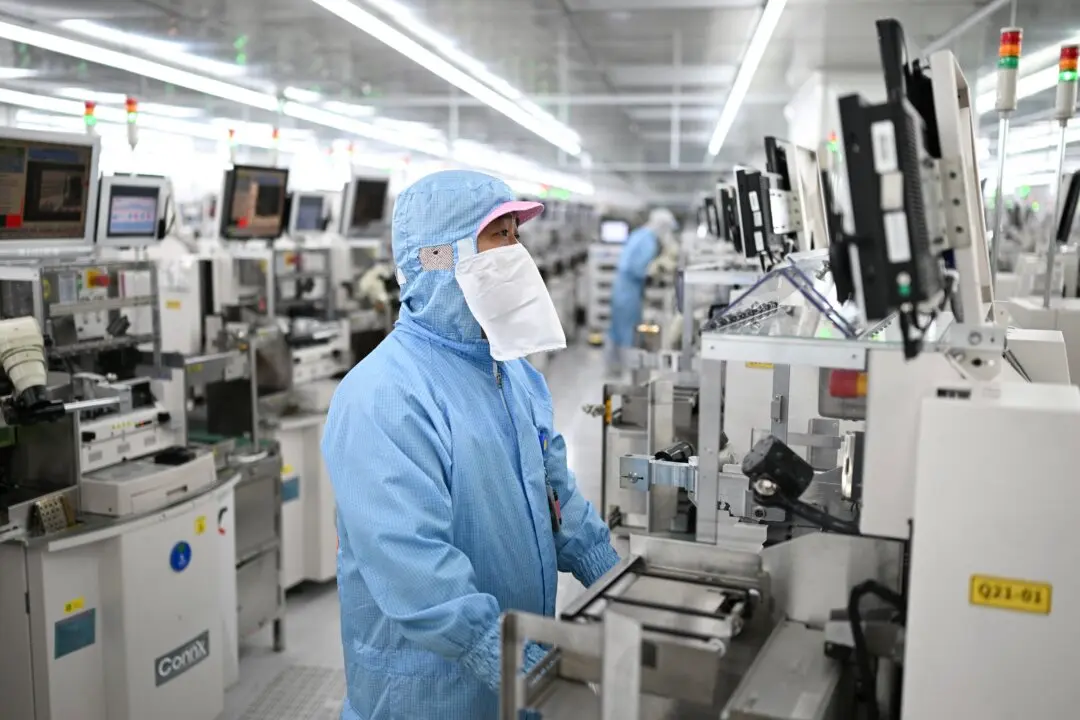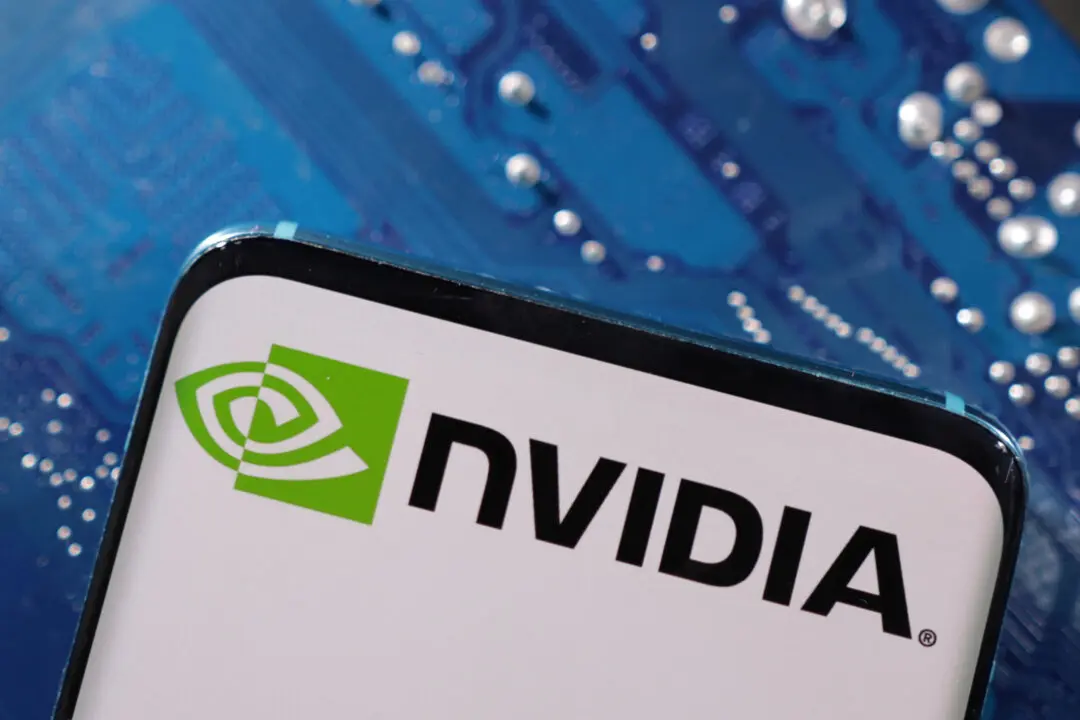New York is one of the best global real estate markets, but also somewhat exclusive. This is why Prodigy Network CEO Rodrigo Nino is working to make multimillion investments accessible to the mass market—for just a couple thousand dollars.
“The commercial real estate industry in the United States is worth $15 trillion, and … 95 percent is held by institutional investors, large investors or tycoons,” Nino said. “And the smaller investors, even if accredited, have no access to these individual assets that they can pick and choose from.”
To make commercial real estate available to a wider audience, Prodigy Network raised $171 million in increments as small as $20,000 for the first crowdfunded skyscraper, the BD Bacatá in Bogotá, Colombia. It also created My Ideal City, an initiative crowdfund and crowdsource city design in the South American country.
After these two successful initiatives, Prodigy has now shifted its crowdfunding focus to New York. With the development activity happening around the World Trade Center, Nino sees plenty of opportunities that would normally be taken by large institutional investors.
“I wanted to democratize that segment, virtually bringing in smaller accredited investors in the U.S. and from the rest of the world in touch with these institutional grade assets, and their respective cash flows and appreciation,” Nino said.
Changing Rules
The changes implemented by the Securities and Exchange Commission (SEC) for the Jumpstart Our Business Startups Act, effective Sept. 23, allow private companies to solicit investments not registered with the SEC. Nino is taking advantage of this to open up crowd-based commercial real estate investment in the United States, starting with Lower Manhattan.
This week, Prodigy Network announced a joint venture with Korman Communities and Shorewood Real Estate Group LLC to purchase 84 William Street, branded “AKA Wall Street.” AKA Wall Street is Korman’s latest addition to the AKA portfolio of luxury-service residences, and its first in Lower Manhattan.
Korman is also looking to buy 17 John as the next AKA location, a property Prodigy Network is making open to foreign as well as U.S. investors now that the SEC allows for it. Nino is also looking into micro-housing in Lower Manhattan and other opportunities.
The partners are investing $40 million over the next 15 months to redevelop the AKA Wall Street, a $110 million project that was nearly a quarter crowdfunded. Prodigy Network led the crowdfunding, which totaled $25 million from foreign investors in six different countries.
The SEC rules don’t require the investors to be accredited, but Prodigy Network is only working with accredited investors for now. SEC doesn’t require the money collected to be handled by a third party, but Nino chooses to work with one to ensure transparency.
“In the States, because crowdfunding is so new my big concern has always been fraud because there is no mandatory participation of third part fiduciary companies,” Nino said. “So we imposed on ourselves that restriction and we work with local fiduciary companies here to ensure full transparency and full disclosure to the participating investors.”
A Crowdsourced City
Beyond funding, Nino believes in tapping into the ideas of the crowd to create the ideal city.
“It actually started by analyzing the behavioral economics of the crowd,” Nino said. The motivation for participation is brought on by supporting something the crowd thinks will benefit themselves, and Nino was interested in seeing how that could be used to solve urban problems.
The idea for the 1.2 million-square-foot, crowdfunded BD Bacatá came about to address the need of a growing city. Bogota has a population of 10 million, and 1.7 million people work downtown. However, only over 100,000 actually live in the city center.
“Everyone knows that going vertical, with the right protocols for livability and walkability, was needed to bring people to live downtown—but no one was willing to do a skyscraper,” Nino said.
But Prodigy made it happen using the power of the people. Over 3,800 locals contributed to the project, the beginning of a solution.
Going further, My Ideal City, a platform launched to source ideas, now has over 132,000 people participating. Using this, over 4,000 hypotheses have been proposed for improving the city of Bogota.
And the final goal is to get the same crowd to finance those ideas.
“I believe in the collective intelligence of the crowd, and the collective moral of the crowd as well, and I’m very sure that the population would be, if they were able to, participate in the financing of that proposed solution,” Nino said.
Bottom-Up Design
“Everybody [with a top-down] approach has failed in the past 50 years to find a proper way to approach building cities, because they don’t take in consideration what the population needs,” Nino said.
One aspect of Prodigy Network’s model is to have the same citizens proposing ideas help finance the implementation. But Nino says with this sort of bottom-up design the oft-neglected groups have a way to benefit as well. The discussion is expanded to include those “who don’t even have a dollar to invest,” Nino said.
For example, Bogota has street performers on every corner and graffiti in many places of the city. They posted questions to the crowd asking them to respond with their favorite street art and performers, and took the responses back to a panel of experts. The result was performance groups and an art exhibit in the most important art show in Colombia, so the artists would have an opportunity to integrate into society.
Another one of Prodigy Network’s projects underway is the Bogota Art District, which will provide residences and studios to local artists for rent. “The concepts of integrating everybody in a city—that’s where the deep knowledge of the crowd will never be challenged by the expertise of a [top-down] approach,” Nino said.
And this works, Nino said, because the crowd knows they’re not just asking theoretical questions.
“If the crowd sees that this is a theoretical approach and that [their ideas] will not really be taken into consideration, they will just not participate,” Nino said. “That’s why we have been successful as well … we have to make things happen.”
Nino believes it’s a method that can benefit any city, including New York.
“It’s sophisticated, yes, but it still suffers from a lot of things,” Nino said. “New Yorkers need a continuous designed platform, like My Ideal City.”
“I believe [New Yorkers] are savvy on the problems and potentially could create solutions with experts on how to solve those problems,” Nino said. Many planning projects include consulting with the nearby residents and community boards for input, but Nino said a single platform where the crowd could toss ideas would be best.
With My Ideal City, the problems raised by the crowd are then taken to a panel of worldwide experts, who come up with solutions. The crowd then votes on them and then funds them to make it a reality. “The crowd will take responsibility and make them happen,” Nino said. In Manhattan, he is currently looking into a project with a hotel chain that could incorporate crowdsourced design.
“People really get motivated when you let them participate in different aspects of things,” Nino said. “There is nothing more intelligent than the crowd.”





